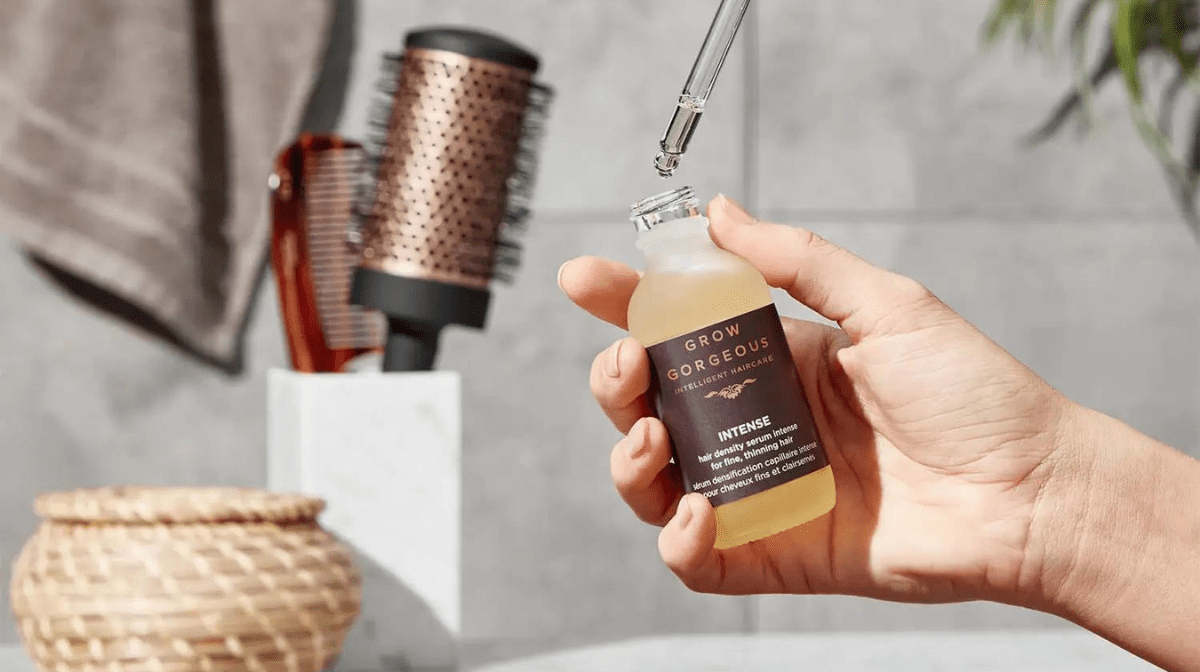1. Platelet-Rich Plasma (PRP) Therapy
PRP therapy has gained significant traction in recent years as a non-surgical solution for hair loss. This treatment involves drawing a small amount of your blood, processing it to concentrate the platelets, and injecting it into the scalp. The growth factors in the platelets stimulate hair follicles and promote hair growth.
One of the main advantages of PRP therapy is that it is a minimally invasive procedure with little to no downtime. Many patients report noticeable improvements in hair density after a series of treatments. However, results can vary, and it may take several months to see significant changes.
2. Hair Transplant Surgery
Hair transplant surgery remains one of the most reliable methods for restoring hair. In 2025, advancements in techniques such as Follicular Unit Extraction (FUE) and Follicular Unit Transplantation (FUT) have made the procedure less invasive and more effective.
During a hair transplant, hair follicles are harvested from a donor area (usually the back of the head) and implanted into balding areas. This method provides natural-looking results, and patients can expect to see new hair growth in about six to nine months. However, it is crucial to choose a qualified surgeon to minimize risks and enhance outcomes.
3. Laser Hair Therapy
Laser hair therapy utilizes low-level laser light to stimulate hair follicles and improve hair density. This FDA-approved treatment is painless and can be performed in clinics or at home using specially designed laser devices.
Many users report increased hair thickness and regrowth after consistent use. The convenience of at-home devices allows patients to incorporate treatment into their daily routines without significant time commitments. However, results can vary, and it may be necessary to continue treatment indefinitely to maintain benefits.
4. Topical Treatments
Minoxidil and finasteride are two of the most widely used topical treatments for hair loss. Minoxidil is a topical solution that can be applied directly to the scalp to stimulate hair growth, while finasteride is an oral medication that works by inhibiting the hormone responsible for hair loss.
Both treatments have been shown to be effective for many individuals, especially when started early in the hair loss process. However, they require ongoing use to maintain results, and some users may experience side effects.
5. Scalp Micropigmentation
Scalp micropigmentation is a non-surgical cosmetic procedure that involves tattooing tiny dots on the scalp to mimic the appearance of hair follicles. This treatment is ideal for individuals who prefer a buzz-cut look or want to camouflage thinning areas.
The results can be quite realistic and can enhance the overall appearance of hair density. However, it is essential to choose a skilled practitioner to achieve optimal results.
Comparing Hair Restoration Treatments
To help you decide which treatment might be the best fit for you, here’s a comparison chart of the various hair restoration options:
| Treatment | Invasiveness | Downtime | Results Timeline | Cost |
|---|---|---|---|---|
| PRP Therapy | Minimally invasive | None | 3-6 months | Moderate |
| Hair Transplant Surgery | Surgical | 1-2 weeks | 6-9 months | High |
| Laser Hair Therapy | Non-invasive | None | 3-6 months | Moderate |
| Topical Treatments | Non-invasive | None | 3-6 months | Low to Moderate |
| Scalp Micropigmentation | Non-invasive | None | Immediate | Moderate |
Choosing the Right Option for You
When selecting a hair restoration treatment, consider factors such as the extent of your hair loss, your budget, and how much time you are willing to commit to the process. Consulting with a qualified specialist can provide personalized recommendations based on your unique situation.
As the field of hair restoration continues to advance, new options and improvements are always on the horizon. Staying informed and connected with professionals in the industry will help you find the best solutions for regaining your confidence and achieving the hair you desire in 2025.









